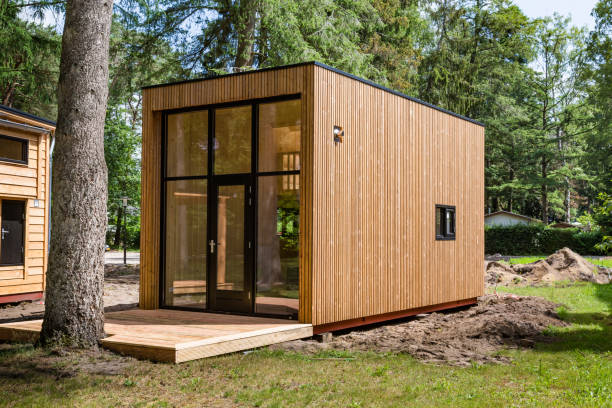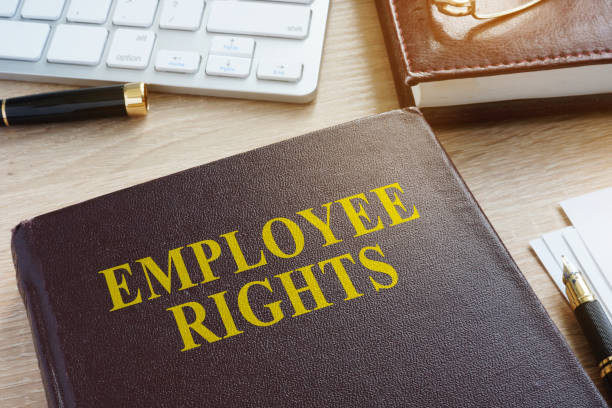Roofing puts employees in danger because it involves the worker building, repairing, or maintaining a structure several feet above the ground. It makes the profession over 15 times more hazardous than any other sector. As a result, roofing jobs have a fatality rate of 54%, one of the highest job-related fatalities.
Falling from a height can result in an irreparable injury, if not death. It can cause distress to the worker’s family and you because there will be reports to be filed and inspections to be handled. However, you can ensure your workers’ safety with products for metal roof fall protection. Follow these tips to get fall protection equipment that is OSHA compliant. You can also try fall protection consulting.
1. Six Feet Protection Rule
According to OSHA, fall protection equipment must be used when the worker is six feet above the walking surface in a commercial roofing project. Also, they need protective gear to ensure they do not fall into the machine if they are working close to construction equipment. Protective equipment can be safety rails, safety nets, and individual fall arrest systems. You can purchase products that follow OSHA’s fall prevention guidelines.
2. Roof Edge Distance
Another safety update from OSHA is that the area six feet from the edge of the roof needs to be marked, and no tools can be stored there unless guard rails are installed. Further, a work area designation is required at fifteen feet to ensure workers’ safety.
You can get metal roofs to fall protection products, such as guard rails between 39 to 45 inches in height and the mid rail in the center of the top rail and surface. The guard rails should also be tested to withstand the force of 200 pounds without giving in, more than two inches, to the force.
3. Protection On Tall Ladders
Stepladders and extension ladders are the two most common ladders used in commercial roofing. When ladders are over 24 feet in height, they must have safety mechanisms, such as cages, ladder protection systems, wells, etc. The cages and wells need to withstand a force similar to that of guard rails, and the side rails should extend three feet above the area the worker is trying to access.
4. Dis-Use of Body Belts
The fall arrest system posed a higher risk of injury to workers. The use of body belts strapped at the waist and connected to a lanyard was banned by OSHA. Other fall arrest systems are still in use in which arrest falls at 6 feet. However, the harness should fit thoroughly between the shoulder blades, and leg straps should be adjusted to a snug fit.
5. Training Commercial Roofers
No matter how much safety equipment you get, training workers is paramount. Without proper safety and fall prevention training, they still face a significant risk. Therefore, when you buy products for metal roof fall protection, ensure that you train all your employees on safety measures.
Conclusion
These five tips on roof safety can help you prosper in your commercial roofing business. The work is riddled with hazards, so make sure that your products for fall protection are in place and workers trained before you begin work.
Related Posts




